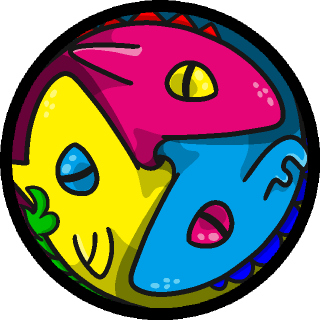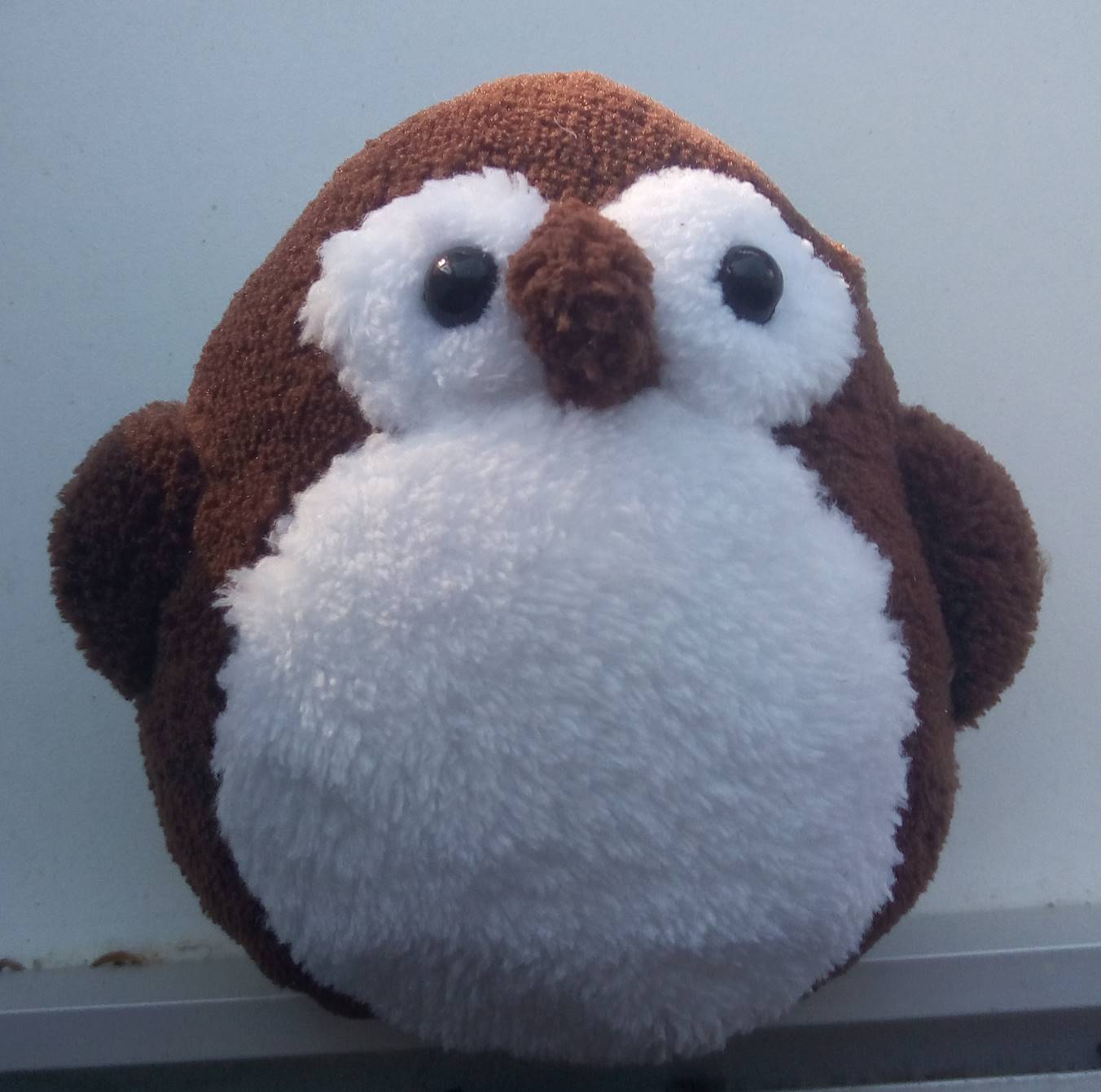Obegas
The middle of the food chain. You are at the bottom.
"Obega sky, captain, vilfree" She really didn't need that at this time. They were already lost near a point of Vanishing, and stranded since her titansect broke a leg when fighting off crawlers. Obegas would just be the last straw. Of course, a favourable sky didn't always mean they will appear, but... "Five obegas coming from 180, captain!" Just. Great.
Small for a flying creature and easily captured, Obegas are often bred and killed for their meat, far tastier than insects. As such, they have been nicknamed "sky cows" by many people, referencing the cattle of the ancient world. Apparently, though, the original wild cows did not routinely hunt humans.
Anatomy
Obegas have a round, vaguely ovoid head with only two features: three eyes, two black on the sides and one cyan or pale green at the front, and a mouth equipped with sharp teeth. It is connected to their body through a long neck, between two and three meters long. The body is as featureless as the head, a scaly elongated ovoid from which go a long and thin tail at the back, and two large membrane wings on the sides.
They are notably devoid of legs, which means they never touch the ground in the wild unless forced to. Their skin is rough to the touch, and protects them from the grain of sand and small rocks that may fly at high speed at the altitude they fly. Their body is of the same pale white hue as an obega sky, which takes its name from them.
They are not as nimble as other sky predators and lack the mean to defend themselves from an aerial attack, so they require specific conditions to fly safely. An obega sky means that the air is heavy, allowing them to glide more than they fly to save their energy, and that the cloud ceiling is pale so they are able to almost perfectly hide and low enough for their biggest predator to be absent.
Behaviour and predation
Obegas are absent of any sky not perfect for them, which should not be possible considering their estimated numbers. Two solutions would explain this absence: either they are, as all others creatures in the jail, unnatural, and thus do not obey the law of existence and simply phase out when they are not needed; or their camouflage is better than originally thought and obega sky actually convey dozens of thousands of individuals.
In the wild, they are opportunistic hunters. They never attack a prey that seem healthy or able to retaliate, but fall on the feeble and wounded. For a lone traveler or a weakened crew, an obega sky is a grim omen. At the same time, it requires obega hunters to design clever tricks to make them think they are easy prey and capture or kill them at the right time.
Domestication
As the most accessible flying animal, humans have contemplated how to make use of them since their arrival. They have first been hunted for their meat, as their belly scales do a poor protection job against makeshift spears and arrows. Then, when a titansect captain found a way to restrain them without killing them, she discovered a lot of information that ultimately led to their domestication.
Reproduction
When two obegas are left alone in a tight space for a period of time between one day and a week, an infant will appear, from seemingly nowhere. This event has never been directly observed, as it always happen when nobody is looking, and won't occur should the obegas be under constant observation, even for months. The juvenile is born at a quarter of his final size, and will naturally grow for seven months until it is considered adult.
What in the divine fuckery is this?
Mounts
These animals make for excellent cattle, but they have also found a new use that doesn't involve their direct slaughter, but a delayed one. As the only species to have been domesticated en masse, the military forces of the Ultimate Armada have been training pilots to mount obegas and take control of the sky.
Obegas are easily saddled, and a strong bond akin to that between a titansect and its captain can be made between it and a rider. The Armada possess around three thousand riders, though only a few stays on the Gronzéphax at all times, and others are used as a garrison in major cities. While they can only take off during a sky whose density is important, they are a force to be reckoned with, even for natural predators of obegas.




I love these animals! I was hooked at the very first sentence :D P.S. I have featured this in my Reading Challenge article! <3
Thank you, kind stranger whose name is strangely similar to that of the cover's artist :D And thanks for the feature <3